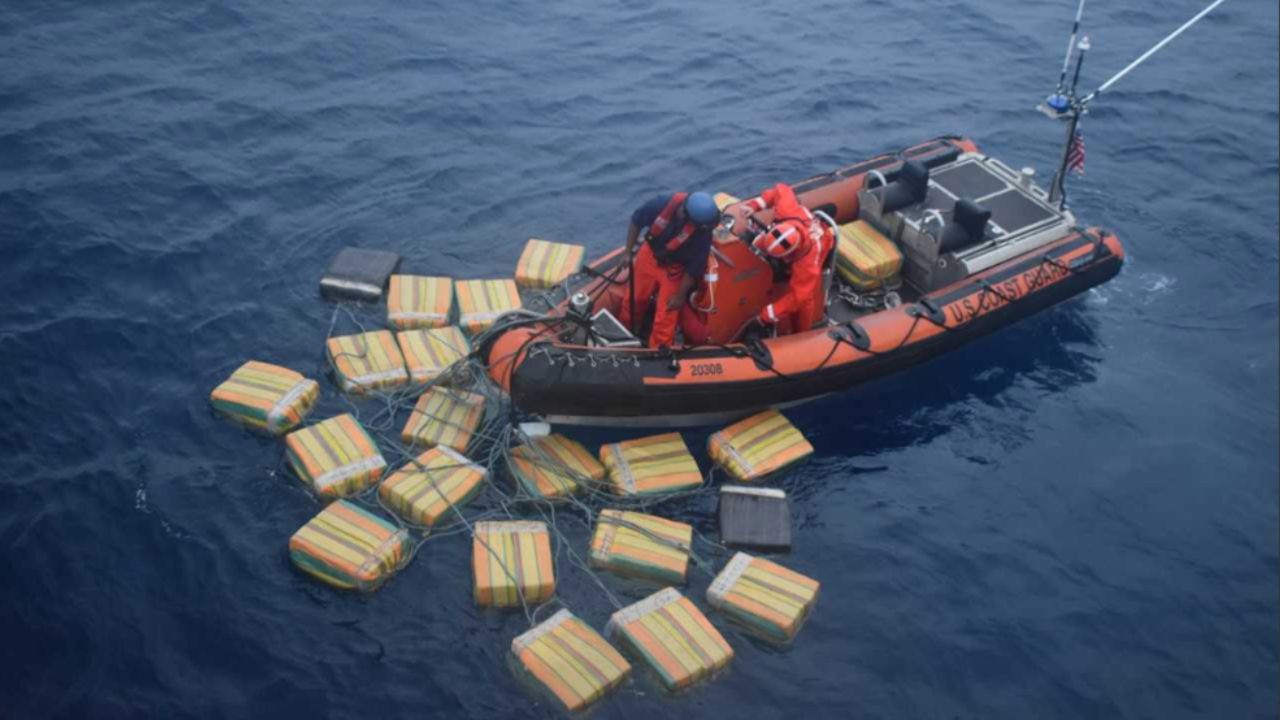Florida is known for its sunny beaches, theme parks, and citrus fruits. But it is also a hotspot for drug trafficking, especially in one city that has been dubbed the drug trafficking capital of the state: Miami.
What is Drug Trafficking?
Drug trafficking is the illegal possession, manufacturing, delivery, transportation, sale, or purchase of illicit substances on a large scale. Drug trafficking laws in Florida prohibit distributing or selling controlled substances. A conviction for this offense can result in mandatory minimum prison time along with hundreds of thousands of dollars in fines.
Why is Miami the Drug Trafficking Capital of Florida?
Miami has a long history of being a hub for drug trafficking, dating back to the 1970s and 1980s, when Colombian drug cartels used the city as a gateway to smuggle cocaine into the United States. The city’s proximity to Latin America, its large and diverse population, its busy ports and airports, and its vibrant nightlife make it an attractive destination for drug traffickers and consumers alike.
According to the Drug Enforcement Administration (DEA), Miami is still the primary distribution center for cocaine, heroin, methamphetamine, and fentanyl in Florida. The DEA also reports that Miami is a source of supply for other drugs, such as marijuana, ecstasy, and prescription opioids, that are trafficked to other parts of the state and the country.
What are the Consequences of Drug Trafficking in Miami?
Drug trafficking in Miami has serious consequences for the city and its residents. Drug trafficking fuels violence, corruption, money laundering, and organized crime. Drug trafficking also poses a public health threat, as drug abuse and overdose deaths are on the rise in Miami and across the state.
According to the Florida Department of Health, there were 5,576 drug-related deaths in Florida in 2019, an increase of 14.7% from 2018. Of these deaths, 2,773 involved opioids, 1,948 involved cocaine, and 1,301 involved methamphetamine. Miami-Dade County had the highest number of drug-related deaths in the state, with 1,037, followed by Broward County with 833, and Palm Beach County with 626.
How is Drug Trafficking Being Combated in Miami?
Drug trafficking in Miami is being combated by various law enforcement agencies, such as the DEA, the FBI, the U.S. Customs and Border Protection, the Florida Department of Law Enforcement, and the Miami-Dade Police Department. These agencies work together to conduct investigations, arrests, seizures, and prosecutions of drug traffickers and their associates.
In addition, drug trafficking in Miami is being challenged by community-based initiatives, such as drug prevention and education programs, drug treatment and recovery services, and drug diversion and alternative sentencing options. These initiatives aim to reduce the demand for drugs, help drug users and addicts, and prevent drug-related crimes and recidivism.
Conclusion
Drug trafficking is a serious problem in Florida, and Miami is the epicenter of this illicit activity. Drug trafficking in Miami has negative impacts on the city’s safety, economy, and health. However, drug trafficking in Miami is not unstoppable. With the combined efforts of law enforcement, the justice system, and the community, drug trafficking in Miami can be reduced and eventually eliminated.

